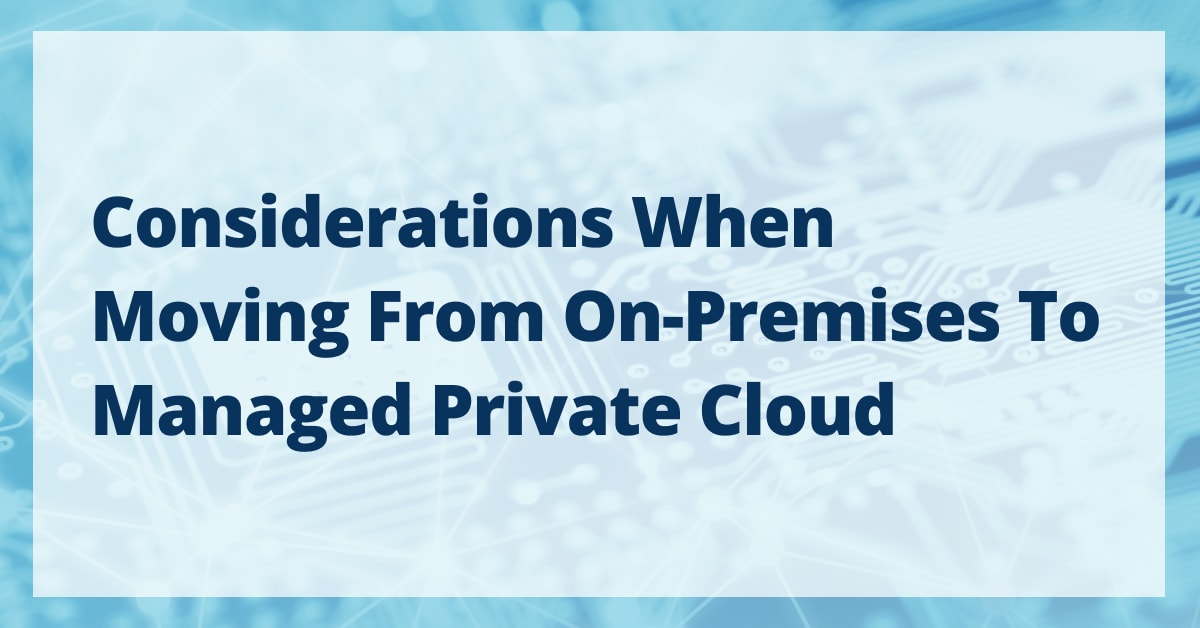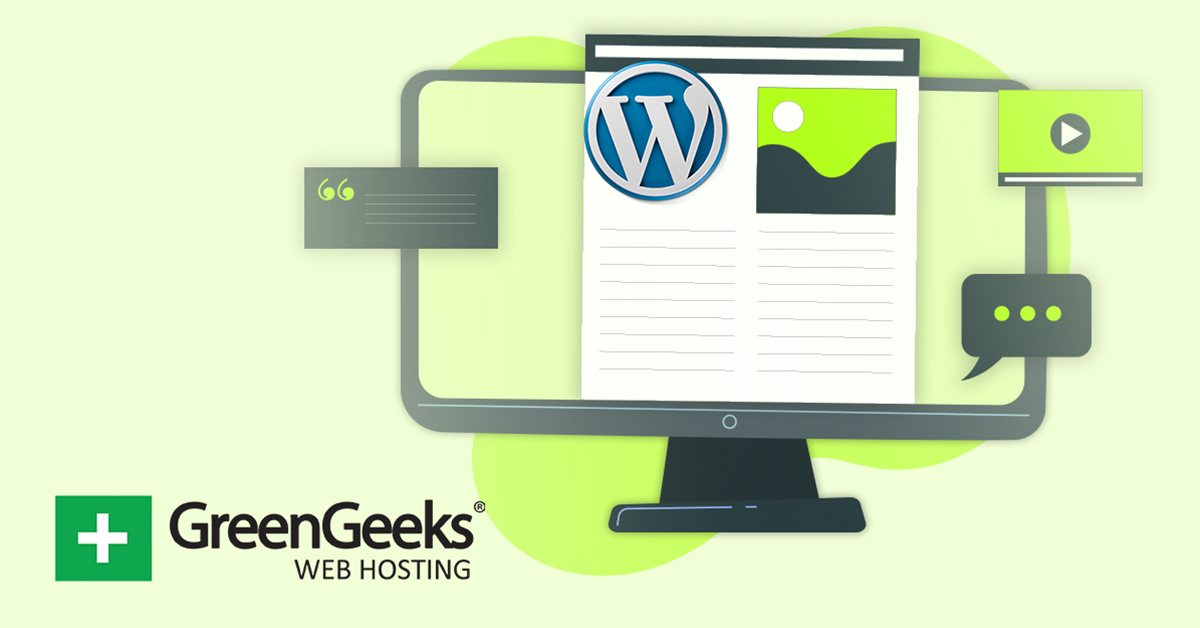
[ad_1]
IT departments in almost every industry and sector are being asked to do more with less and to increase productivity, not costs. Unfortunately, the make-do-and-mend mentality is artificially inflating IT spending – especially when it comes to your servers.
According to Single Source IT, servers were found to have a robust first year after being put to use, with only 5% experiencing issues. This was often due to some minor misconfiguration. Over the subsequent two years, they maintained their reliability before hard drives started raising concern around year four at 11%. From then on, it becomes clear that server replacement will be necessary for operations to run smoothly and efficiently.
When Is the Best Time To Upgrade Your Servers?
Your IT team is the best resource in this case. Ask them if you need a server upgrade, and listen to what they say. However, if you need a business case to justify spending, consider the actual costs of the following situations:
Your Servers Are Outdated and No Longer Supported by the Manufacturer
One of the easiest ways to be sure it’s time to upgrade your server is if it’s out of warranty (or worse, no longer supported by its manufacturer). The older it gets, the more prone to failure it becomes. Disk crashes, power supply overloads, and localized overheating become much more common as a server ages. If the manufacturer doesn’t support it, you have to turn to legacy, third-party support, which can quickly become very expensive.
They’re Slow and Can’t Keep Up With Your Current Traffic or Demand
Poor performance is a sure sign that server upgrades are in your future. The slower your apps run and the more often they crash, the more productivity you lose.
You’re Experiencing Data Loss or Corruption Due to Hardware Failure
If you rely on an older server, having a solid data backup and/or disaster recovery plan becomes vital. Hardware failure is never a quick and easy fix, though. Even with a good backup solution, you’re looking at a lot of downtime.
Security Risks – Your Current Servers Are Vulnerable To Attack From Hackers
One of the best reasons regular server upgrades are standard practice is that upgrading dramatically improves your data security. For example, if you’re running Windows Server 2003, you haven’t been receiving security patches for some time now. An upgrade will make sure you get timely security updates and close security flaws as they are discovered by the community.
Maintenance and Repairs Are Becoming Increasingly Expensive and Time-Consuming
The longer you put off upgrading your server infrastructure, the more you’ll spend on maintenance. You’ll also begin experiencing more unplanned downtime, which could be a problem for your entire operation. There is a law of diminishing returns for old equipment, and servers follow it fairly predictably.
You Need More Storage Space for Your Growing Business or Data Set
This one is easy. If your server physically can’t fit the data you need to store on it or can’t handle the throughput you need it to deliver, you know the solution by now.

How Often Should You Upgrade Your Servers?
If you don’t want to wait until the last possible moment to upgrade your server – and you absolutely should not do that – a good rule of thumb is to upgrade every four years. If you upgrade to a decent model, it should be able to cope with what you need for at least three years. However, even the top-of-the-line is usually a mess after five years.
The Importance of Upgrading Your Servers
It will eventually become economically impossible to maintain older servers, and they will have to be replaced. However, you are not saving money or time putting off that date as long as possible. By the time you are regularly dealing with the inconveniences of an aging server, you have very likely already passed the point where the total cost of ownership of a new server is less than the total cost of maintaining your existing equipment. Why spend more to maintain poorer performance?
What To Consider Before Upgrading Your Servers
All that being said, don’t merely throw money at the problem. Take the time to learn what you need from a server upgrade. Learn which options would certainly be a help and which ones won’t help you at all. Also, take the time to explore radical changes in server architecture and location. For example, have you considered a dedicated cloud server? If you don’t have the in-house expertise, Liquid Web will be happy to help.
Benefits of Upgrading Your Servers
Paradoxically, the most obvious benefit of a server upgrade is the one you’ll notice the least. That’s how you’ll know it’s working – you won’t notice your team complaining about poor app performance. You won’t notice your server going down or chugging noticeably at peak demand. You won’t pay out overtime from the IT team having to scramble to get the server up and running again before work starts the next day. A new server that has all the capacity you need is all but invisible – just as it should be.
How To Upgrade Your Servers
In short, you have a choice – develop the in-house server upgrade and maintenance you need or use an organization like Liquid Web to manage your upgrade for you. One option is a great deal easier and less expensive than the other.
Final Thoughts
We hope this article has made you consider the cost of maintaining older servers and the business case for a planned upgrade – before an emergency upgrade becomes necessary. As they say, an ounce of prevention is worth a pound of cure.
If you would like help or advice on upgrading your servers or other vital IT infrastructure, please contact Liquid Web, and one of The Most Helpful Humans In Hosting® will be happy to assist.
[ad_2]
Source link






